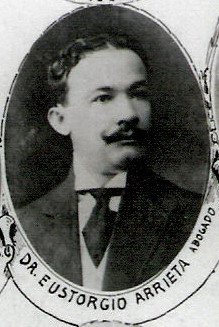

Se trata de un tipo de demencia en el que predominan múltiples manifestaciones clínicas de conducta y lenguaje. La demencia frontotemporal (DFT) fue descrita por Arnold Pick hace más de un siglo. This case illustrates the importance of a deeper understanding of Diogenes syndrome, leading to timelier diagnosis and effective therapeutic strategies. The clinical framing of behavioural symptoms of dementia such as hoarding poses a diagnostic challenge. An amyloid PET scan and genetic analysis covering the dementia spectrum were normal. Brain magnetic resonance imaging and positron emission tomography (PET) with fluorodeoxyglucose showed mild bilateral temporo-insular atrophy and hypometabolism in the left-superior temporal gyrus respectively. Neuropsychological evaluation outlined an impairment in selective attention and letter verbal fluency, but no semantic impairment, in the context of an overall preserved mental functioning. Mental state examination revealed confabulation and more structured delusions. The patient's medical and psychiatric histories were unremarkable, but in recent years he had begun packing his flat with ‘art pieces’. We describe a case of bvFTD in a 77-year-old man presenting with Diogenes syndrome.

To describe the clinical features and treatment of Diogenes syndrome secondary to behavioural variant frontotemporal dementia (bvFTD).

It is an uncommon but high-mortality condition, often associated with dementia. Diogenes syndrome is a neurobehavioural syndrome characterised by domestic squalor, hoarding and lack of insight.


 0 kommentar(er)
0 kommentar(er)
